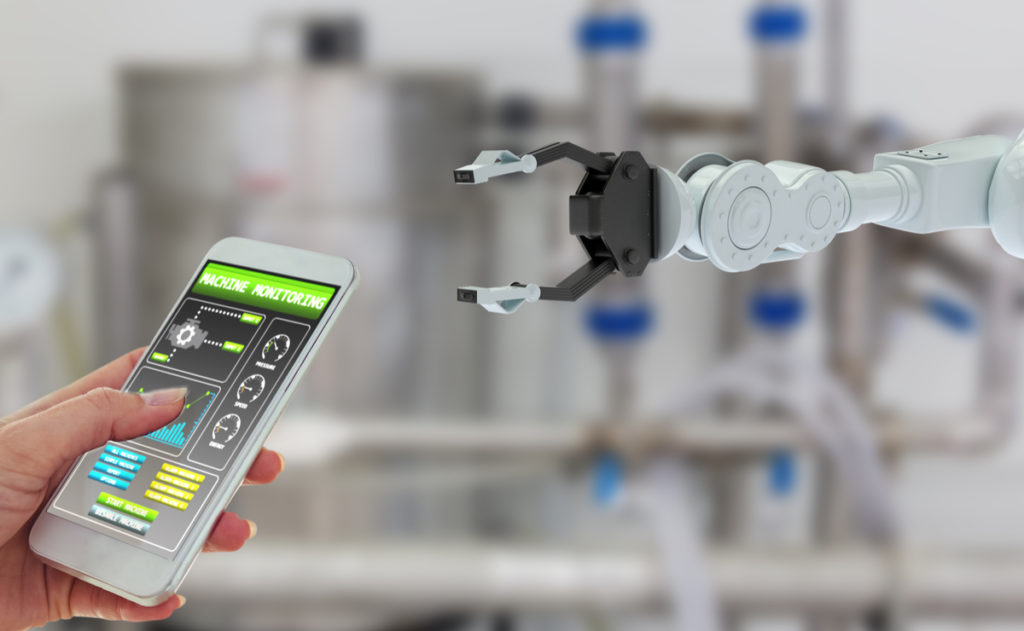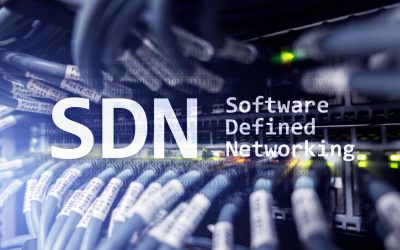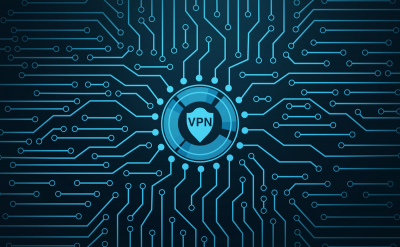What is an Edge gateway? Edge gateways act as a virtual router for the Virtual Device Context (VDC) Networks. It can assist in different network services such as DHCP, firewall, load balancing, NAT and static routing. The creation of Edge gateways can be done using the full configuration or compact scenarios. The complete configuration can provide increased performance and capacity while the compact can be used for specific devices with the use of less memory and fewer computer resources. Though enterprises can use either of the configurations for high requirements and also automate failover of the edge gateway. Edge gateways over the years have emerged as a structural advantage for the network admins. The ever-increasing devices have multiplied the demand for the network, leading to the need for better routing devices. However, IoT devices that need faster computing power and with low latency situations need to acknowledge the latency in Cloud computing processors. Having a computing power closer to the devices is the need for modern day functionality.
Helder Antunes, Senior Director of corporate Strategic Innovation at Cisco, “Under most circumstances the enterprises that have developed IoT devices believed that they would connect them with cloud computing. Strategically, it became impossible for the users to get real-time data with the cloud.”
Every gateway acts as a small server that can process the data in real-time and usually sits between the data center/ Cloud and the IoT devices that are being used. However, the processing capacity of each gateway differs according to the device functionality. For example, a device that controls heavy machinery robotic arm will need a faster gateway to solve the real-time data analysis, while the real-time location of a vehicle won’t require a gateway with the same processing speed of the Robotic Arm. Edge Gateway’s performance depends a lot on the requirements of the device and what performance the device makers want to provide to the users. Having an edge gateway that can satisfy the requirements of devices is more of a bigger proposition, not something custom designed for any particular device. Currently, edge gateways are designed by bigger corporations such as Dell, Cisco, and HPE. Prices of the edge devices vary according to the performance, form factor and environmental requirements.
Management and Long Term Edge Computing
Managing the gateway is about managing the total network. Usually, the management includes the task of maintaining a healthy network between the devices and the gateway along with the cloud computing process that overlooks towards all the edge gateways. Though gateway management isn’t considered as a tough job compared to the device requirements. Edge computing involves varied types of components and it’s imperative that the enterprises understand the long-term plan. For every device to satisfy the requirements of the users- analyze and transform the network. Because the enormous amount of daily data that is generated can cripple the network and gateway if they cannot satisfy the demand for computing power. The network should be transformed with cloud acting as an overlooking server and edge computing that act as a point of data processing. Latency setting in the edge computing network can result in several delays for the devices. Think big and act small can be used in the long term vision of edge computing. Enterprises need to be patient and strategic when deploying the edge technologies across the region.
The current development in edge computing is transforming the total industry with faster networking that can lead to real-time data analytics providing swaying option for enterprises. But it’s imperative that the business requirements are defined initially before adopting the edge computing. Having a business plan and then allocating the budget will reduce the excessive cost of deployment. Enterprises that want to invest in the IoT devices and network have a concern related to the cost of the total setup, adaptability, and requirement. Loads of components that will maintain the network will require a certain amount of up-gradation and the pay-per-user is low as compared to the total cost of deployment and maintenance.
HPE’s Gateway
IoT gateways are designed according to the perception of the developer and consumer requirements. HPE has recently seen an increase in the demand for stronger internal hardware speed-up. Gerald Kleyn, Senior Director of IoT Edgeline for HPE recently released a statement stating that Corei5 has been the vision for many of the enterprises and the shift towards the digital transformation is accelerating the demand. He also added that the current requirements of the industrial machine are being analyzed through the different gateways. Some of the gateways are analyzing the real-time data to increase the efficiency for a wide range of processes. Gateways such as GL10 that run on the atom processing power with 4GB of RAM and 32 GB SSD will have too much workload if the analysis covers different scenarios. With robust real-time analytics required for the robotics will need faster gateways such as EL300.
Dell Edge Gateways
Dell gateways are much different compared to the others, as they are specifically designed based on the requirements. The Dell 3000 series gateways all have an Atom processor with 2GB RAM with a feature of SSD and expandable memory. The usage of the 3001 gateways is towards the input and output capability it bosts about. While the 3002 gateway is specifically designed for the transportation and logistical requirements with a built-in ZigBee connectivity for the mesh networking. A typical gateway is different from the other types of network devices or servers. The form factor differs considerably along with that we have different specifications that dictate the viability of the device. Various specifications such as temperature, pressure, and vibration specifications are also important components of the gateway manual. IoT devices need invariable faster computational power along with higher tolerance level leading towards the meaningful processing for data usage.
To know more about the IoT networking, you can download whitepapers from industry experts.









































































